Ant Infestation Prevention: Proactive Maintenance for Effective Removal
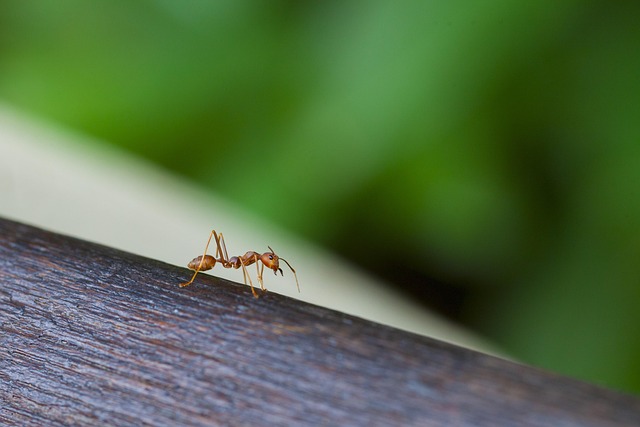
Ant infestations can be managed through understanding their causes, which include cracks, gaps, food…….
Introduction
Ant control services represent a critical component of pest management, safeguarding both residential and commercial environments from the incursion of ants. These services are not merely reactive measures; they are an integral part of integrated pest management (IPM) strategies that aim to prevent, control, and monitor ant populations. This article delves into the multifaceted world of ant control, exploring its significance, global impact, economic considerations, technological advancements, policy landscape, challenges, case studies, and future prospects. Readers will gain a comprehensive understanding of how ant control services operate, their importance in various sectors, and what they can expect from advancements in this field.
Understanding Ant Control Services
Ant control services encompass a range of activities designed to manage populations of ants that are considered pests. These services include inspection, monitoring, identification, and treatment of ant infestations using various methods such as baits, barriers, and direct application of insecticides. The core components of these services involve a thorough understanding of ant behavior, ecology, and the biology of the species involved. Historically, ant control has evolved from simple mechanical means like dumping water or using chemical repellents to advanced integrated pest management solutions that focus on environmentally sound practices and long-term sustainability.
Global Impact and Trends
Ant control services have a significant global impact due to the ubiquitous presence of ants across various ecosystems. Different regions are affected by distinct ant species, each with its own ecological role and potential for becoming pests. For instance, tropical countries often deal with species like the red imported fire ant (Solenopsis invicta), which can pose a serious threat to agriculture and human health. In contrast, temperate regions may encounter Phidole species, commonly known as crazy ants. The trends in ant control services reflect a shift towards more eco-friendly and selective control methods that minimize collateral damage to the environment and non-target species.
Economic Considerations
The economic aspects of ant control services are multifaceted, influencing sectors such as agriculture, food production, public health, and urban development. The market dynamics for these services are driven by factors like the prevalence of pest species, regulatory frameworks, and consumer demand for sustainable pest management solutions. Investment patterns in ant control services often prioritize research and development to create more effective, less harmful treatment options. These investments can have significant economic returns by reducing agricultural losses, preventing public health issues, and preserving the reputation of businesses operating in infested areas.
Technological Advancements
Technological advancements have significantly impacted ant control services, leading to more precise and less invasive methods. Innovations include the use of insect growth regulators (IGRs), improved bait technologies that are more effective and safer for non-target species, and advanced monitoring devices that track ant activity in real-time. The future potential of these advancements lies in the development of biodegradable materials for bait stations, genetic engineering to enhance the specificity of control measures, and the use of drones or autonomous vehicles for treatment applications.
Policy and Regulation
The policy and regulatory framework governing ant control services is complex and varies by region. Key policies and regulations include labeling requirements for pesticides, guidelines for IPM practices, and wildlife protection laws that dictate the permissible methods of control. These frameworks are crucial in ensuring that ant control services are conducted ethically, sustainably, and effectively, with minimal impact on the environment and non-target species. Compliance with these regulations not only protects ecosystems but also ensures public health and safety.
Challenges and Criticisms
Ant control services face several challenges, including the development of ant resistance to certain pesticides, the environmental impact of chemical treatments, and the need for a more harmonious balance between control measures and conservation efforts. Criticisms often center around the overuse of chemicals, potential harm to beneficial insects, and the ecological consequences of invasive species management. To overcome these issues, a multifaceted approach is required, combining biological control, habitat modification, and the development of new, more targeted treatments.
Case Studies
Several case studies highlight successful applications of ant control services. For instance, the eradication of the red imported fire ant from specific areas has been achieved through a combination of monitoring, bait application, and follow-up treatments. These efforts have restored ecological balance and reduced public health risks in affected communities. Another case study might involve the integration of ant control into urban green spaces to protect both human health and native biodiversity.
Future Prospects
The future outlook for ant control services is promising, with potential growth areas including the development of urban pest management programs, increased focus on sustainable practices, and advancements in biological pest control. Emerging trends suggest a move towards more integrated and community-based approaches to pest management. Strategic considerations for the future include enhancing public awareness about the importance of ant control services, promoting the adoption of IPM principles, and investing in research to address the evolving challenges posed by ants.
Conclusion
Ant control services are a critical component of pest management, with significant implications for ecosystems, agriculture, urban development, and public health. The insights presented in this article underscore the importance of these services and their role in maintaining balance within diverse environments. As we continue to innovate and adapt to new challenges, ant control services will remain a vital tool in safeguarding our communities from the impacts of ant infestations.
This structured summary provides an overview of various aspects related to ant control services, including their historical context, global impact, economic considerations, technological advancements, policy and regulatory environment, challenges and criticisms, case studies, future prospects, and overall significance in maintaining ecological balance and protecting public health.

Ant infestations can be managed through understanding their causes, which include cracks, gaps, food…….
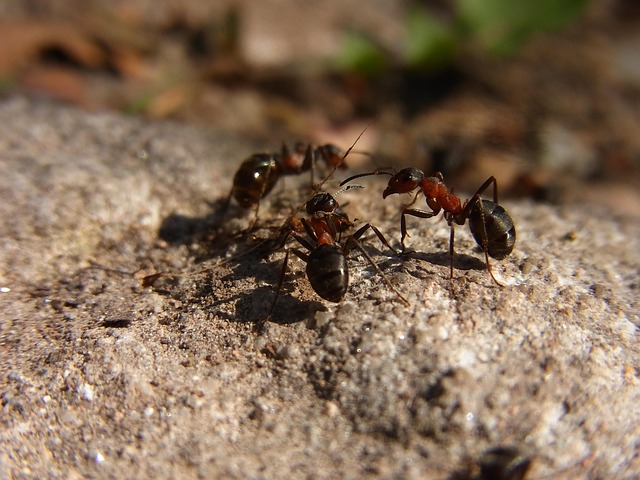
Professional ant exterminators utilize advanced technologies like tracking systems, heat sensors, dr…….

Commercial ant extermination requires skilled professionals who navigate complex buildings, identify…….
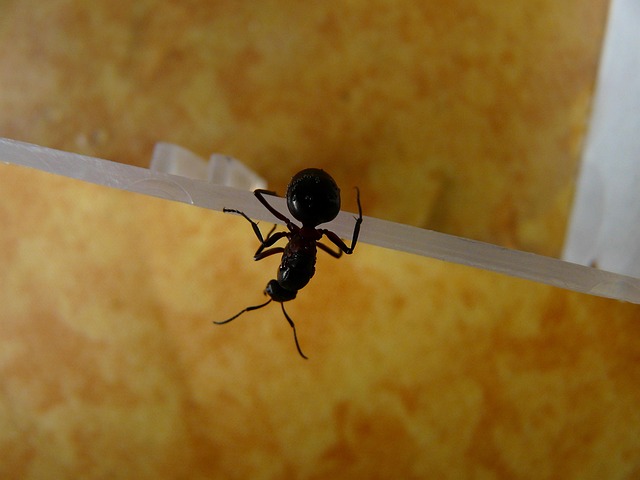
Ants infiltrate homes and businesses through tiny cracks and openings, making indoor ant control a p…….

Ant infestation removal demands a strategic approach, understanding the unique behaviors of carpet a…….
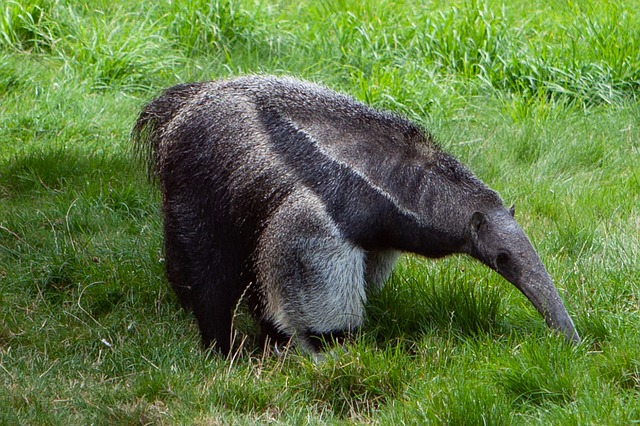
Ant colonies pose significant challenges for homeowners due to their complex social structures and p…….
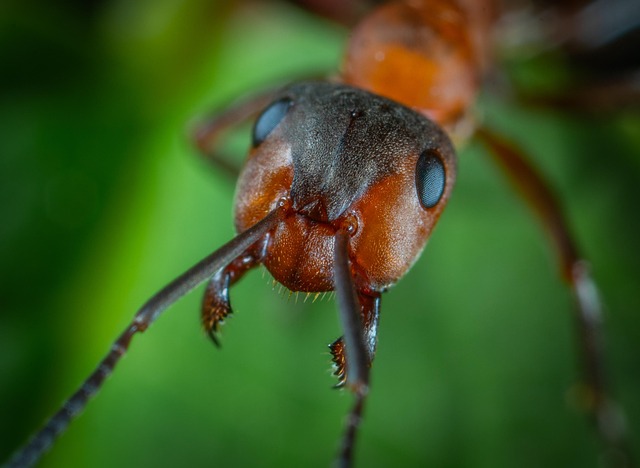
Ants pose significant pest problems due to their organized behaviors and ability to invade propertie…….
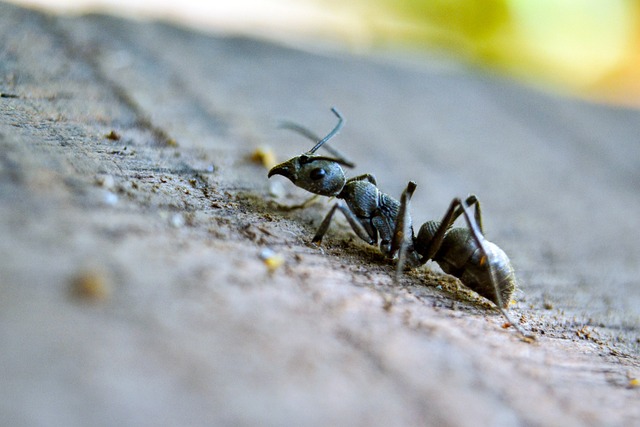
Understanding ant behavior is crucial for effective and eco-friendly professional ant extermination……..
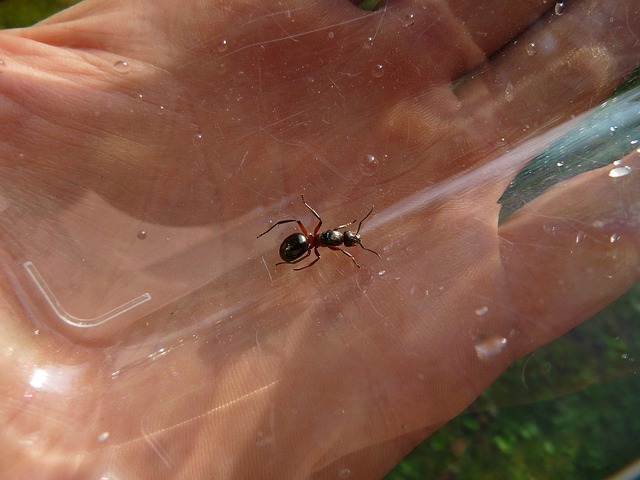
Understanding ant behavior is crucial for successful inspections and identifying entry points. Ants…….